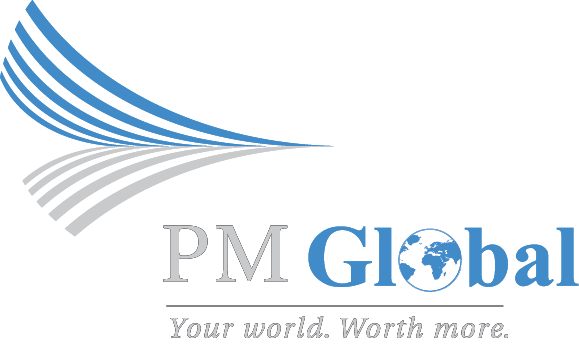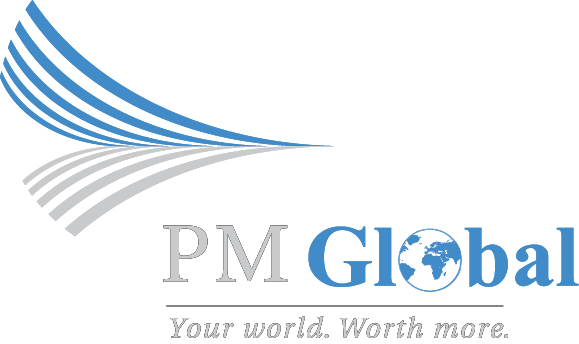If you are a construction contractor, you have most likely read numerous articles describing the unprecedented impact of COVID-19 on your business. At this writing, Dodge Data & Analytics lists 233 “Virus vs. Construction” stories on its website. So, rather than repeat what you know—since you are living it—let’s instead look at the practical steps you should consider to shore up your business now, and looking forward, to things you can do to get your team ready for Day One of the post-crisis new normal.
JOB ONE: FINANCIALS
No one should underestimate the financial balancing act contractors and subcontractors are now performing and will be performing for the foreseeable future. Capital/cash management now is essential. As you know, it can take 30 to 60 days, or more, from when you issue a requisition to an owner/general contractor to when you get paid. Regardless, your workers need a weekly paycheck. So, to keep cash flowing and payroll paid, at least temporarily, make a concerted effort to get requisitions paid perhaps more quickly than usual. This may be accomplished by offering discounts for early payment.
Simultaneously, have the appropriate person, your chief financial officer, controller or outside accountant, produce cash flow projections at least to June 1, 2020. This will give you a sense of how to manage your cash flow to suppliers and workers to make it last as long as possible. You will have to cut labor costs, so you will need to determine the fairest, least painful way to do that, and one that allows you to ramp up your labor force quickly when the crisis ends.
Eventually, after all collectible receivables are paid, no cash will be coming in the door for a period of time. But, before that happens, remembering that your financial institution is truly a “stakeholder” in your business, make certain to keep in regular communication with your bank. Keep your contacts there fully apprised of your situation and review your current terms with them, as well as looking for any flexibility they might offer. In prior difficult financial times, financial institutions have closed or reduced undrawn lines of credits. If you anticipate a cash need over the next several months, it may be best to proactively drawn down any unused lines of credit.
JOB TWO: CLIENTS & CONTRACTS
Communication may count as an overused word, but for contractors, it is essential during this crisis, and that includes communicating with clients, openly and often. In particular, when it comes to contracts: if you have not done so already, immediately review, and consider having your attorney and accountant also review, all client contracts.
Contractors should also make sure to follow any notice requirements to the owner, such as how extensively COVID-19 is affecting the project, what the general contractor is doing to ensure a safe suspension of work, and how the virus crisis will affect costs and scheduling. Making certain this is done quickly and thoroughly as it offers some protection from possible future claims by an owner.
LABOR—GETTING IT BACK
While Prager Metis operates globally, the firm has a large concentration of clients in the New York/New Jersey region, my practice is focused in the New York tri-state area, which also includes Connecticut.
New York City, at this writing, has halted all but essential construction. Construction labor on larger projects in the City is mostly union, although this is changing, and a topic for another article. But, currently, the process of being laid off between jobs and rehired is common and familiar to these workers. Not to mention the pay for these workers is significantly higher than they would receive under unemployment.
Outside the city, given the pay scale for construction workers, an odd dynamic has occurred. Between unemployment payments and the temporary $600 weekly stipend due to the virus crisis, some workers are making more money not working, than they would be working. So, for contractors, luring them back to job sites in the near future may take some doing. Including the extra $600, the current maximum weekly unemployment insurance benefit is now more than $1,100 in New York, more than $1,200 in Connecticut and more than $1,300 in New Jersey.
Still, in preparation for the day when construction begins again, maintaining good relations and communication with your employees becomes even more important. That said, complicating matters is that the additional $600 a week is scheduled to last until the end of July. Meaning, in terms of planning a restart of work, anticipate a possible few weeks at least to build up a to a full labor force on job sites.
SUPPLIES & SUPPLIERS
Here again, communication is key. Keep contact with suppliers, in part to maintain a relationship, but also to have an in depth understanding of just how limited their abilities might be once construction ramps up. So, a tight relationship, and understanding the depth of inventory and capability of delivery from each of your critical suppliers, prepares you to get what you need when you need it.
Also, in terms of your financial obligations to them, attempt to reset their expectations on agreed upon payment schedules. If they got some breaks from their banks or assistance from the Government, maybe they can pass some of that on to you. That said, with your limited cash flow, carefully prioritize your payments to suppliers. You know which ones you will really need come the recovery, so take best care of them.
JOBS INTERRUPTED
When only “essential construction” is allowed, as is the case in New York City, jobs have to shut down. The hope is that once the crisis passes, the job will restart. But, if an owner’s bank gets cold feet, financing may be pulled and the project cancelled altogether. The hope is that this does not happen, but either way, as any general or subcontractor knows, shutting a job down permanently or temporarily does not mean, stopping work and leaving the site. To limit a general or subcontractor’s liability, there are myriad considerations that must be addressed.
For example, you must make certain the site is safe and secure against theft of any equipment, materials or tools, and removing them if the job is permanently shut down. Utilities must be turned off and terminated. Larger pieces of equipment, such as cranes, if not owned, have costly rental fees and may need to be returned. Of course, this and other preparations for a shut down will most likely cost the contractor money, so all costs should be carefully tracked and recorded and, of course, discussed with the owners and vendors to determine any concessions that can be made.
Keeping careful track of all costs vis a vis a shutdown, including labor, equipment and materials, involves another stakeholder in any job that a contractor works on. That is, the bonding company which guarantees a job will be completed.
There are two important points to keep in mind regarding bonding companies. One, costs that are a result of the virus and shutdown, including labor inefficiencies, need to be tracked so you can better quantify actual job performance without the pandemic. And, two, new projections made for completing projects need to ensure that sufficient cash flow exists to complete them.
JOBS OF THE FUTURE—A SHOW OF CONFIDENCE
Preparing your company now for the post-virus construction recovery, not only means you will be ready to go on Day One, it may go some way to lowering your anxiety about “What will I do?” since you will have a real since of what that will be. For example, it should ease your mind some if you replace some projects that may have been cancelled by filling a book of business as far out into the future as possible. There may be fewer companies post-virus, but there may also be fewer jobs and more competition for them.
So, locking down business to the end of this year, into next year, and even into 2022, demonstrates your faith in your own business, and the faith in you of owners and general contractors for whom you will be doing work. It also instills confidence in your stakeholders, that is your bank and bonding company. Because, while COVID-19 may have shaken up the construction business, and your business along with it, you plan to come out the other end smarter, tougher, and even a better investment than before the crisis.


